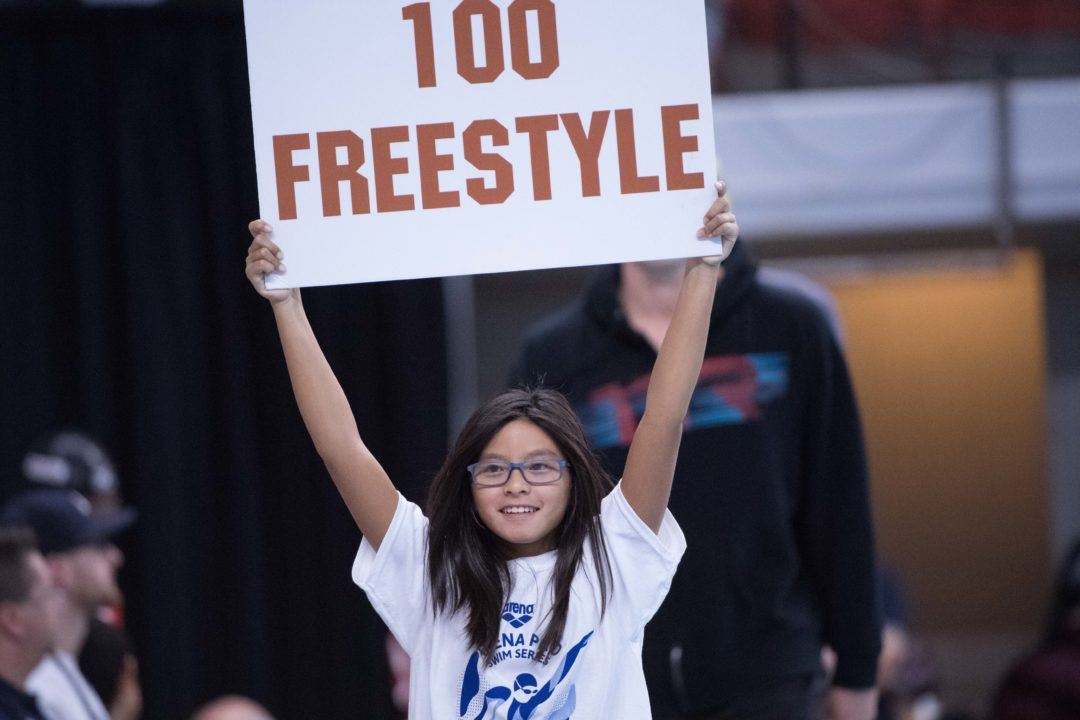While the risk of head trauma in a sport like swimming, which is not designed to have human-to-human physical contact, the risk still exists both via unintended contact in crowded lanes and contact with the bottom of the pool from an errant dive. Because of the special risks associated with being in the water, any head trauma can become an emergency situation in a hurry.
When sustaining a concussion it is important to consult with your doctor or a neurologist. Concussions vary in severity and each individual may experience different signs and symptoms. When sustaining a concussion the most important thing is allowing the brain to rest. This includes no phone/television, school, and anything that aggravates/ provokes symptoms.
Signs and symptoms to look for but are not limited to are the following:
- Severe or worsening headache
- Neck pain
- Blurred vision
- Persistent vomiting
- Irritability
- Loss of consciousness
- Dizziness
- Unequal pupils
- Sensitivity to noise
- Sensitivity to light
- More emotional
- Feeling in a “fog”
A return to play protocol can vary depending on the state, division, or population. Patients need to be cleared by a physician to proceed in the return to play protocol. For the NCAA, the return to play protocol after a concussion goes as follows:
- Stage 1: Remove from all activity. Complete and cognitive rest until asymptomatic.
- Stage 2: Light aerobic exercise. Example: waking, stationary bike for 15 minutes at <70% max heart rate. Objective is to increase heart rate.
- Stage 3: Sport specific exercise. Example: jog/sprint. Objective is to add movement.
- Stage 4: Non-contact sports specific. Sport specific drills that involve cognitive and coordination with exercise. Example: Easing into practice with flip turns and no
- Stage 5: Full contact practice. Purpose is to restore confidence and allow assessment of coaching staff.
- Stage 6: Return to full activity.
*It is important to note that progression to the next stage is no less than 24 hours, if signs and symptoms return patient regresses to the prior stage. Example: athlete gets a headache during stage 3, the next day this patient must start at stage 2 if symptoms have resolved.
Note: each specific case is different, and you should consult with your medical professional if you suspect that you may have a concussion. This advice is not intended as a treatment plan for any athlete.
 Eileen Kellner, BSAT, LAT, ATC is a resident athletic trainer with the Florida Gulf Coast University swimming and men’s tennis teams. She graduated Magna Cum Laude in 2016 with a Bachelor of Science in Athletic Training from FGCU, and has worked with Palmetto Ridge High School, Golden Gate High School, University of the South, and Ave Marina University. While at University of the South, Kellner worked on research focusing on platelet rich plasma therapy and its affects on acute hamstring injuries. She is a member of the National Athletic Trainers Association.
Eileen Kellner, BSAT, LAT, ATC is a resident athletic trainer with the Florida Gulf Coast University swimming and men’s tennis teams. She graduated Magna Cum Laude in 2016 with a Bachelor of Science in Athletic Training from FGCU, and has worked with Palmetto Ridge High School, Golden Gate High School, University of the South, and Ave Marina University. While at University of the South, Kellner worked on research focusing on platelet rich plasma therapy and its affects on acute hamstring injuries. She is a member of the National Athletic Trainers Association.

How long do the headaches last? My daughter got a concussion from running into another swimmer in a crowded lane. It’s been a month and a half. She’s a year round swimmer and still can’t make it past warm up (about 30 mintes) before getting a headache and having to stop. She is so frustrated.
You should probably seek input from your child’s doctor.
3 concussions
One from standing up in 3ft of water while a relay starter was taking off colliding head to shin. Another hitting the bottom of the pool and a third head to head collision backstroke.
My swimmer got a 2 concussions from getting kicked in the head both times at swim practice within a couple months. Just was cleared from the first concussion then she got kicked again and received the second concussion.
How do swimmer’s ever get a concussion in the first place? Pick-up basketball game?
PAC12BACKER – I had a swimmer get a concussion from trying to hold herself up on the block during a “swimmers relax” command, roll over awkwardly, and go straight down to the bottom of a 5 foot pool. I’ve also heard of it happening during practice if swimmers collide head on at full-speed – especially in backstroke. Or getting a hard breaststroke kick to the head could theoretically do it.
Wowza; that sounds brutal (the swimmer who was trying to hold herself up on the block, as well as getting hit at full speed doing the backstroke!) I admit that is a fear of mine when I swim at our local pool. My favorite stroke is the backstroke. I wish the ceiling was mirrored so I could keep better track of where other swimmers are in the pool. Big fans of your blog over here!
Medicine ball during dryland. Slamming into a knee while diving in/under for open water relays as someone was running out (in practice relays), sharks and minnows during practice. And those are just 3 of mine from swimming.
My daughter fell on the pool deck and suffered a concussion. They can theoretically happen anywhere, anytime.
The USA Swimming Sports Medicine concussion working group, led by Danny Mistry, MD, has been preparing swimming-specific recommendations and guidelines with detailed information available in early Spring 2017.